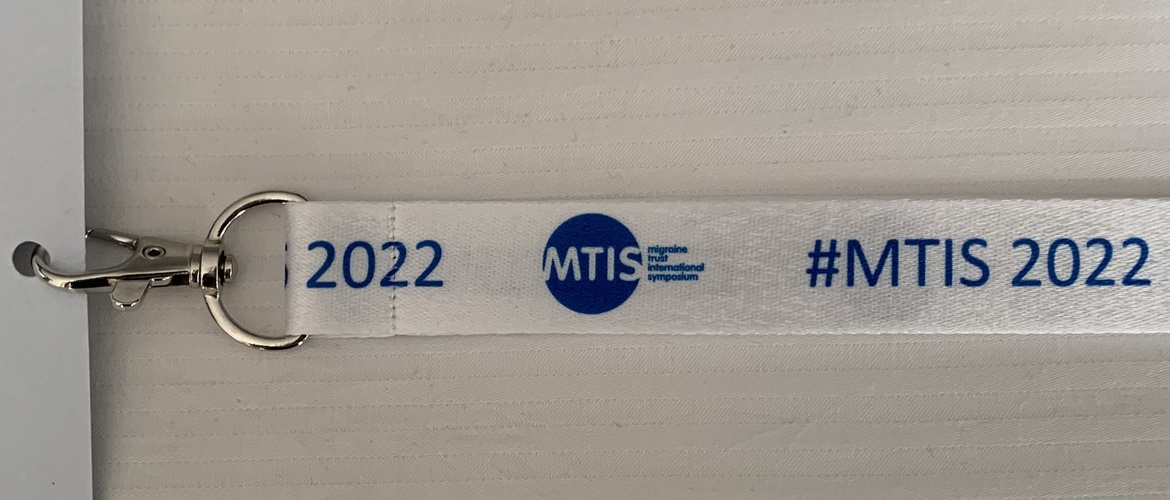
Headache is the most common neurologic disorder but the least acknowledged, said Professor Rigmor Jensen, Copenhagen, Denmark, in the Migraine Trust Lecture at the Migraine Trust International Symposium 2022. Strategies to raise the prioritization of healthcare provision for headache include increasing political awareness and education on the burden of headache and improving the organization of headache healthcare.
A common and expensive neurologic disease
Headache is a common neurologic brain disorder
Headache is not another pain disorder. "It is a neurologic brain disorder", said Professor Jensen. Among all diseases, it is the second leading cause of years of life lived with disability worldwide.1 Among neurologic diseases, it is the leading cause of years of life lived with disability worldwide.2
"Headache is common", added Professor Jensen. It has a prevalence of 60% in Europe,3 and the prevalences of migraine, chronic headache, and medication overuse headache are 15%, 4%, and 1–2%, respectively.3
Among neurologic diseases, headache is the leading cause of years of life lived with disability worldwide2
As a result of the high prevalence and years of life lived with disability, headache is the third most expensive neurologic disorder in Europe after dementia and stroke. A total conservative estimate of annual cost in Europe in 2010 was €43.5 billion.4 Headache disorders are therefore prominent health-related drivers of economic losses.5
"This huge economic cost has implications because it supports applications to improve healthcare provision, increase research funding, and to make headache a higher priority in university teaching", said Professor Jensen.
The third most expensive neurologic disorder in Europe after dementia and stroke4
Steps to raise the healthcare prioritization of headache
"The correct diagnosis is the first step towards the right treatment and lowering the years of life lived with disability", said Professor Jensen.
Increasing political awareness can raise the profile of headache in the allocation of healthcare provision
Increasing political awareness and providing education for primary and specialist healthcare providers on the social and economic burdens of headache are also important to raise the profile of headache when allocating healthcare provision and funding.
In addition, improved organization of headache healthcare has been proposed by the Global Campaign against Headache,6 explained Professor Jensen:
- Level 1 — General primary care to manage 90% of the caseload and refer to Level 2 when necessary
- Level 2 — Special interest headache care to manage 9% of the caseload
- Level 3 — Headache specialist centers providing advanced multidisciplinary care by hospital-based headache specialists to manage 1% of the caseload
Structured services with provider-training and consumer education have been shown to be cost-effective for migraine7
Implementation of such structured services with provider-training and consumer education has been shown to be cost-effective for migraine and cost saving for tension-type headache and medication-overuse headache.7
BE-NOTPR-0265, approval date: 03-2023
